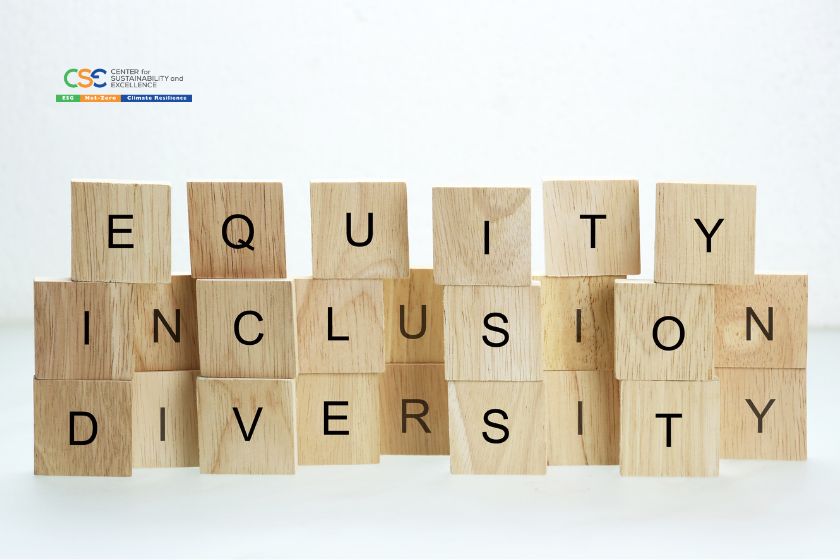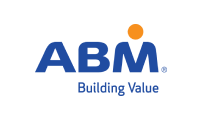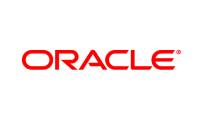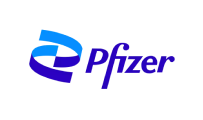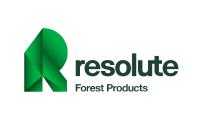Thus, When we discuss Environmental, Social, and Governance (ESG) frameworks, attention often centers on environmental issues and governance structures. Yet, the ‘S’—the social component of ESG—is equally crucial, particularly in Diversity, Equity, and Inclusion (DEI). For West Coast companies that lead in innovation, DEI offers a way to strengthen their ESG efforts by creating inclusive and equitable workplaces. However, with anti-“woke” sentiment rising across the U.S., promoting DEI as part of ESG requires careful consideration.
The Growing Importance of DEI in ESG Frameworks
As ESG gains momentum, stakeholders increasingly care about how companies handle social issues—especially DEI. Diversity, equity, and inclusion go beyond ethics. They drive innovation, resilience, and growth. Research shows that companies with strong DEI practices enjoy higher employee satisfaction, increased creativity, and improved financial outcomes. For West Coast companies, where tech and creativity meet, investing in DEI isn’t just responsible—it’s essential for staying competitive in a diverse market.
Yet, with DEI sometimes criticized as “woke,” promoting it requires careful framing. Companies can emphasize DEI’s business benefits—like better talent retention, enhanced innovation, and customer satisfaction. By framing DEI as a business driver rather than a political stance, companies can make it accessible to both employees and the public.
Strategies to Strengthen the Social Aspect of ESG
Many West Coast companies have already set ambitious environmental goals. However, the social aspect of ESG deserves equal attention. Here’s how companies can enhance DEI efforts as part of ESG while considering broader sentiments:
1. Set Clear DEI Goals with a Business Focus
To start, companies should define specific, measurable DEI goals that align directly with business objectives. For example, these goals might include targets for diverse hiring, pay equity, or supplier diversity. By highlighting the measurable business impact of these goals—such as improved employee retention or increased engagement—companies can effectively build credibility.
2. Integrate DEI into Core Business Strategies
DEI works best when embedded in core operations, not as a separate initiative. West Coast companies, for example, can apply DEI standards to product design, marketing, and supplier evaluations. Google uses DEI metrics across departments to align with broader ESG goals. This approach frames DEI as a tool for operational success, which helps avoid potential criticisms of being “performative” or “woke.”
3. Foster an Inclusive Culture Focused on Belonging and Engagement
Hiring diverse talent is only the beginning. Building a workplace where all voices are heard is equally essential. Companies can achieve this by focusing on belonging and engagement through ongoing education, open dialogues on DEI, and inclusive team activities. For companies facing anti-“woke” sentiment, this approach emphasizes DEI’s role in problem-solving rather than presenting it solely as a social initiative.
4. Engage and Report Transparently on DEI Efforts
Regular engagement with employees and external stakeholders about DEI initiatives is key to sustained progress. Transparent reporting on DEI goals—using frameworks like SASB or GRI—demonstrates a true commitment to social sustainability. Additionally, companies can highlight how DEI initiatives positively impact retention, productivity, and customer engagement, reinforcing the business case for DEI.
Tools for Measuring and Improving DEI in ESG
West Coast companies that prioritize DEI within ESG frameworks can benefit from various tools to measure and improve DEI metrics. Here are some practical tools to support these efforts:
- Diversity Scorecards: Scorecards help track specific DEI metrics, like hiring diversity, representation, and pay equity. Companies can use these metrics to demonstrate DEI’s positive impact on business outcomes.
- Employee Surveys and Feedback Mechanisms: Regular feedback tools, such as anonymous surveys, allow companies to gauge inclusion levels and identify areas for improvement. Insights from employee feedback are essential for driving meaningful change.
- Benchmarking and External Frameworks: Using frameworks like SASB, GRI, and EEO-1 Reports, companies can benchmark their progress against industry standards. Additionally, these frameworks provide structured guidance for transparent DEI reporting.
- Inclusive Recruiting Platforms: Tools like Greenhouse Inclusion and Textio help remove bias from recruiting processes, making it easier to build diverse teams aligned with DEI goals.
The Road Ahead: Embracing DEI as a Balanced Pillar of ESG
For West Coast companies, the social component of ESG presents a unique opportunity to drive meaningful impact and build resilient organizations. By prioritizing DEI, companies can unlock the full potential of their workforce, foster innovation, and create lasting social impact. In a time when anti-“woke” sentiment is growing, companies can position DEI as a business imperative rather than a political statement.
Highlighting DEI’s measurable benefits makes it accessible to a broader audience, allowing West Coast companies to lead in social responsibility within ESG. Thus, by framing DEI as a core part of ESG, companies can make the ‘S’ as impactful as the environmental and governance pillars—enhancing both social impact and business outcomes.

